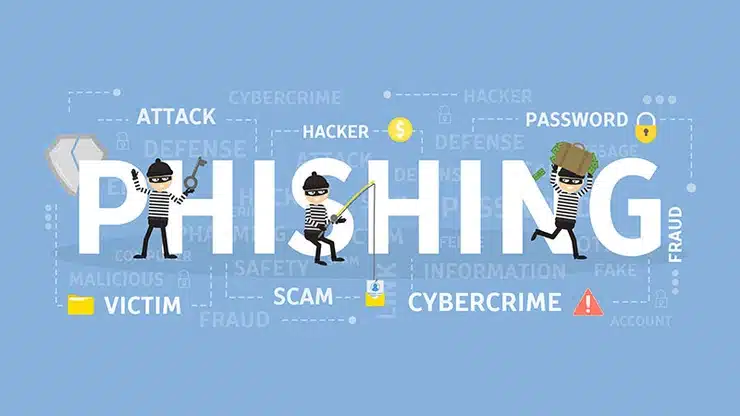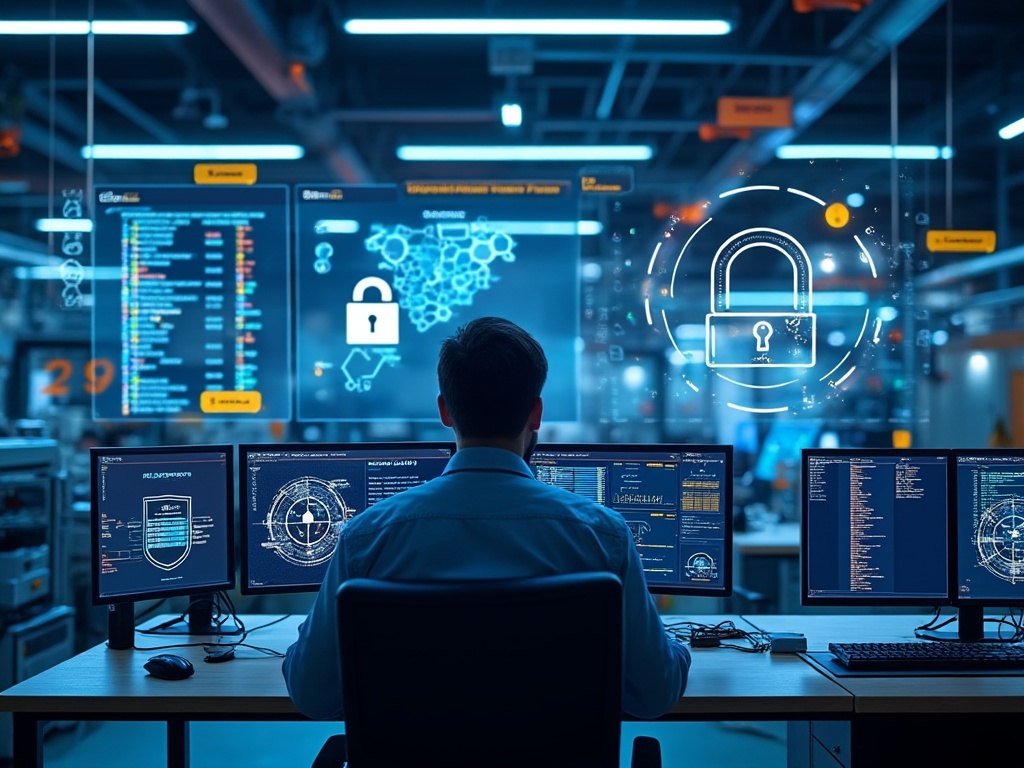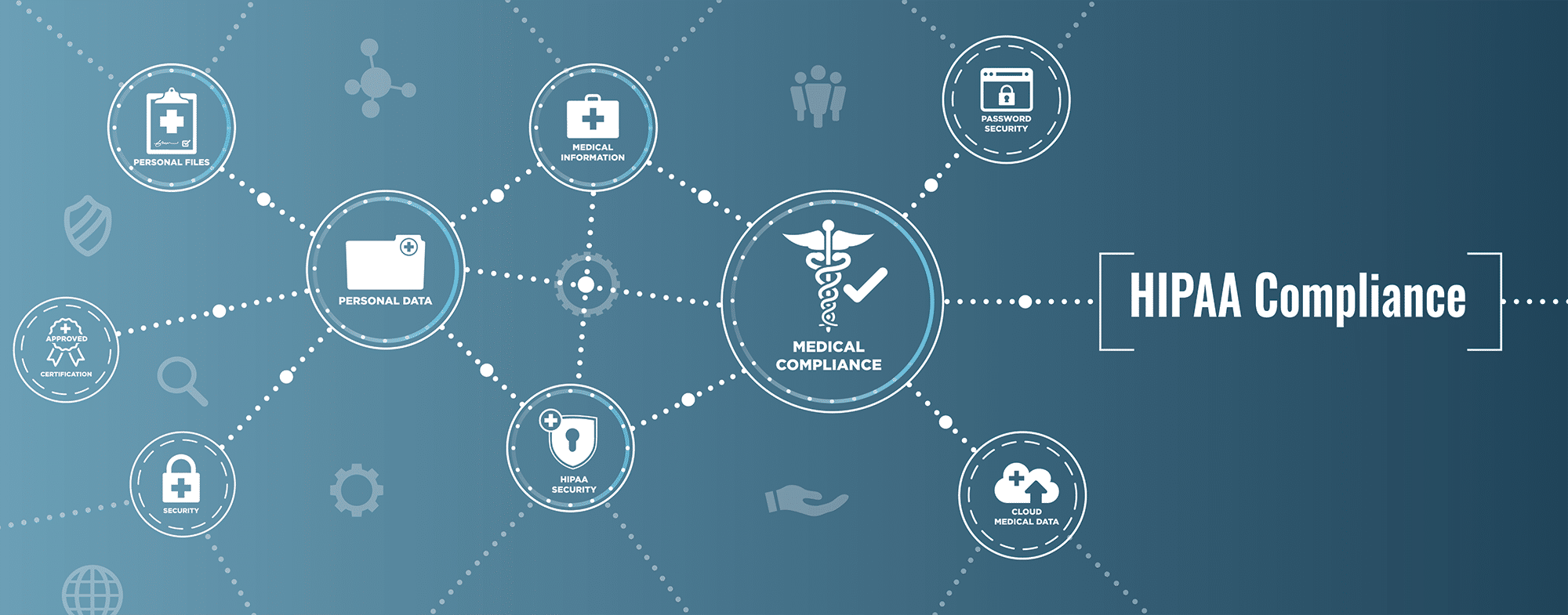With the constant evolution in technology, the threat of cyber-attacks has become commonplace. Organizations have to take steps against them and create a culture that is secure and protected. Growing alongside their cybersecurity counterparts, cyber threats are becoming more and more sophisticated, to the point where companies without a cybersecurity culture are unable to defend against them. Ideally, a cybersecurity culture should be in every organization, not just for IT-based industries. The reality is, it’s easier said than done. There’s a significant need to institute security awareness programs and make people aware of their importance in any organization.
Why it’s important to build cybersecurity awareness?
Security of a company’s data, systems, and network is absolutely necessary for any circumstance, so organizations should take steps to improve that infrastructure and implement a culture of security. As much as technology is growing with new software, IoT devices, and cloud computing, organizations are still facing the threat of more cyber-attacks. Cybercriminals are attacking by sending phishing emails, malicious attachments, infected software to download, or fake updates. Employees should be trained to defend against such attacks because the attackers tend to use human error for malicious gains.
The culture within an organization plays a vital role in its security and the success of the organization overall. This is why it’s necessary to adopt cybersecurity awareness into the culture by teaching the staff how to stand against such malicious attacks. Basic training programs such as raising awareness of cyber threats and attacks, explanation of possible consequences, and teaching the importance of habitual software updates and changing passwords can help significantly.
So how can leadership instill this awareness? It’s not something that can be established organically and we believe now is the opportunity to take action.
How to establish a cybersecurity culture in an organization?
To secure an organization against cyberattacks, leadership should take the following steps into consideration when developing a plan.

Tip #1 – Start with basic training
Many organizations try to establish a cybersecurity culture without giving awareness to their employees. Focus on security awareness and teach them the basic lessons about security. Many organizations think that it is the concern of the security department only. They need to understand that it is something that is the responsibility of every single employee; security belongs to everyone.
Train each employee to stand against a threat. A cyber-attack occurs when someone opens a malicious email, downloads from the infected link, and clicks the harmful attachment. If they get proper training about how to manage suspicious content, your organization will be more secure (opportunities to gamify this process).
According to a report, more than 90% of the employees save their passwords on their systems. Passwords should remain private and change frequently. Moreover, limit access to an account for better security.
Tip #2 – Implement two-factor authentication
Whenever employees try to login into an account, ask for two-factor authentication. In this way, they have to provide an email or number for the code that will enhance the security of the systems. Implement the authentication step to all the personal and business accounts and devices to keep login approval linked directly to the user. It can reduce the risk of attacks as only authentic users can log in to systems. Your data will be more secure, and your organization will get protected from cyber-criminals.
Tip #3 – Make it easy for employees to report threats
After the successful training programs and establishing the authentication processes, monitor the post-training behavior of the employees. Talk to the employees who are not performing well and make it easy for them to talk about the issues and report them to the security department. Communication should be easy and reliable within all the departments of the organization. Create channels through which employees can reach out to the experts and report the issue to them if they find anything suspicious. Developing an incident response plan is a great way to clearly communicate issues to the appropriate department.
Tip # 4 – Establish a peer to peer learning community
A secure community plays an essential role in establishing widespread safety culture within an organization. The community provides the connection between the trusted and related organizations and brings them together against a common problem. They work together and come up with the solution to the problem they are facing. These communities hire security professionals or security advocates who take steps to bolster their security practices. They organize weekly or monthly meetings and discuss the latest issues and then try to overcome them.
Tip #5 – Appreciate and reward people who take steps to protect the organization
Making a secure environment is not the only requirement. Search for opportunities to motivate your staff by celebrating their success. When someone attends the awareness programs, takes steps towards security, and implements the guide successfully, the company should reward them. Other staff members also get motivation through such acts and try to work better in the future.
You can reward them in another way, that is through promotion or advancement. Promote them to a dedicated security role and make it a career choice for those who have a passion for security. It will help in developing a secure environment.
Benefits of Cybersecurity Awareness in an organization
Having a resilient cybersecurity culture helps to protect the organization from cybercriminals and their threats. The chances of data breaches and ransomware attacks reduce and helps in maintaining a healthy environment. Creating proper security training is valuable in lots of different ways, not just the obvious. If your organization does not have a secure environment, data breaches, loss in business projects, and vulnerability in a system could create a disaster for the company.
A better security system helps in establishing a customer’s trust and gain in a company’s reputation. Stakeholders do not want to business with a company that is already attacked by cybercriminals and where the data is not secure.
Final Thoughts
A sustainable cybersecurity culture in a company helps staff to understand the importance of a secure system and “Why” it’s important. They get trained and they start realizing their role and responsibility towards the security of their workspace. The human factor is the biggest cause of cyber threats, but an organization can turn this weakness into its strongest power by developing a plan to build cybersecurity awareness.
Find out creative ways to help build cybersecurity awareness into your organization’s culture. Reach out today to learn more about our cybersecurity services in USA







